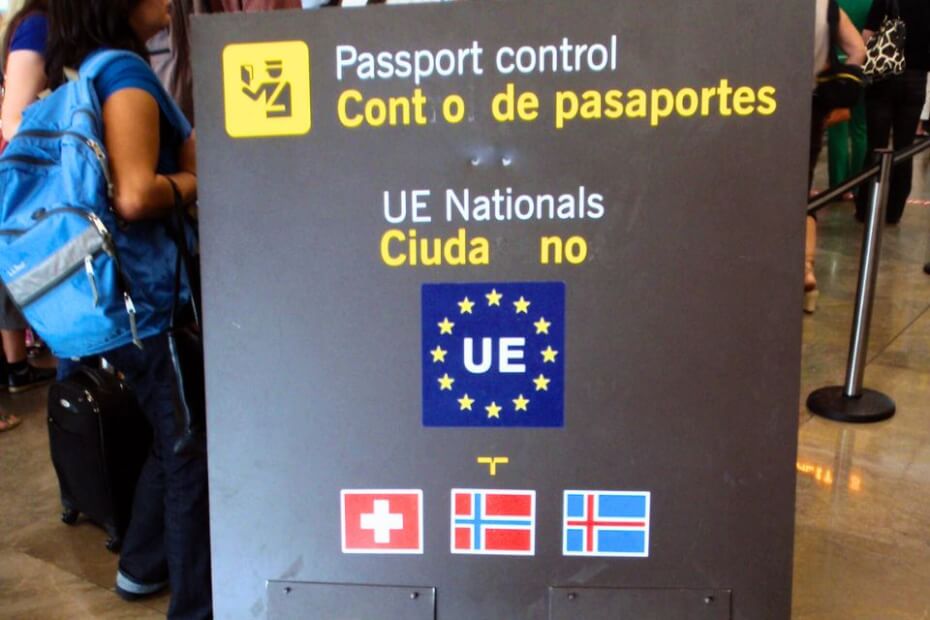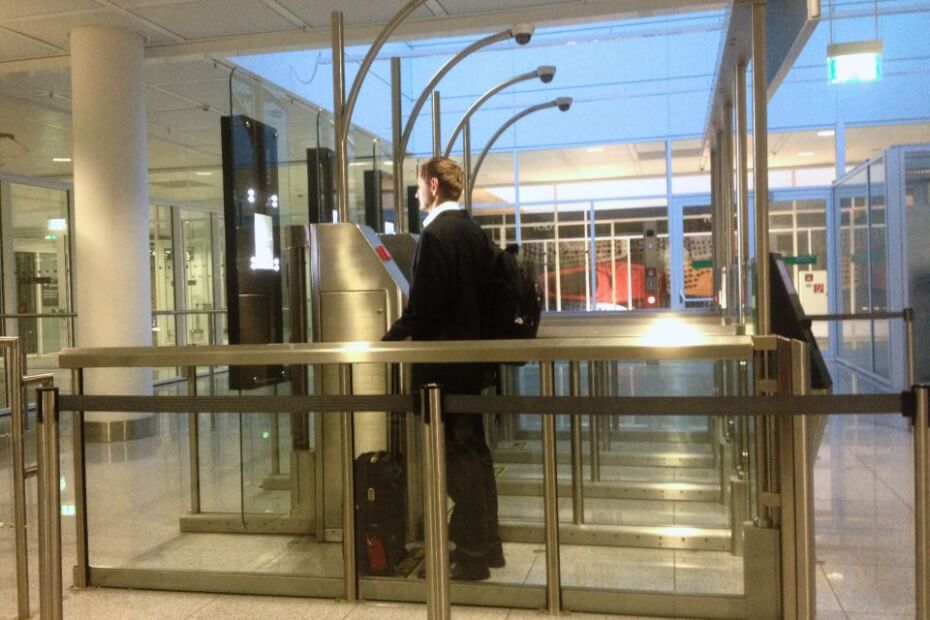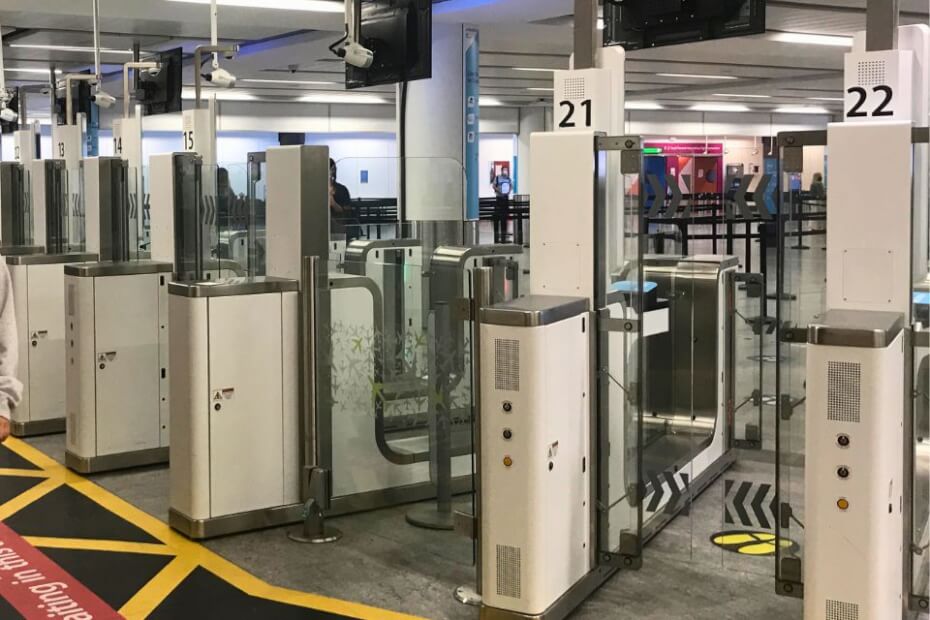
The highly anticipated European Union (EU) Entry/Exit System (EES) may face further delays despite being slated to launch on 10 November.
The EU has postponed the new automated system multiple times since its initial target launch of 2021.
The EU recently confirmed its new launch date in November, a month later than the previous target date of 6 October.
While some say the EU stands firm in launching the EES in November, another report suggests potentially more delays.
A European Commission spokesperson recently admitted that the EU might miss its deadline to launch the EES.
“The implementation of a system like EES is a complex operation, and delays cannot be completely excluded,” the EU spokesperson told the BBC.
The EES aims to streamline and improve border checks
The EES aims to modernize and streamline border control by replacing passport stamping with biometric data collection.
Under the new system, all non-EU citizens and residents must submit biometric data such as fingerprints and facial scans upon entry or exit at the border.
Non-EU travelers include tourists, business visitors, and British citizens who are considered third-country nationals post-Brexit.
The aim is to improve security by tracking visa overstays and detecting individuals who might pose a threat.
“The Entry/Exit System is a key part of our strategy to make the Schengen Area more secure,” said Ylva Johansson, European Commissioner for Home Affairs.
Once fully implemented, the EES will improve border processing efficiency and reduce the risk of errors linked to manual passport stamping.
EES rollout delay due to technical and logistical challenges

The EU has repeatedly delayed the EES launch due to both technical difficulties and logistical concerns.
Member States such as France, Germany, and the Netherlands have raised concerns about their readiness for the system.
These three key EU countries raised concerns over the need for extensive testing of the new border system.
Officials worry that rolling out the system too quickly could cause significant travel disruptions at major border crossings.
This is a significant concern, especially for high-traffic points like Paris’s Charles de Gaulle Airport or the Port of Dover in the UK.
Many airports and border points still lack the necessary technology, such as biometric registration kiosks and facial recognition scanners.
According to the report, the Port of Dover has yet to receive the tablets to test the system in any way.
However, it continues to upgrade its infrastructure, including building bespoke facilities to carry out the checks.
Upgrading these facilities, testing new technology, and hiring new staff can be costly and time-consuming, further contributing to the delays.
Still, an EU Commission spokesperson confirmed with the Gibraltar Chronicle that the November target date is still official.
The Commission is actively assisting all Member States that require support to ensure they are fully ready for the EES launch in November.
Smaller, regional European airports face more challenges
The International Air Transport Association (IATA) has warned that many regional and small airports are not yet EES-ready.
While major airports will likely handle the EES rollout with fewer issues, smaller airports across the EU may face significant difficulties.
Regional, smaller airports often lack the space and staff required to handle the increased processing times that come with biometric checks.
“Small airports are going to find it tough,” a senior UK transport official told The Standard.
Although the source did not name specific airports, locations in popular tourist areas are likely to be the most affected,
UK and non-EU travelers flying to smaller European airports that handle a high number of foreign arrivals could face longer delays.
Given this, British and other foreigners flying to smaller EU airports should anticipate longer wait times once the system is in place.
A UK senior transport official also noted that the EES launches simultaneously, increasing the likelihood of disruptions.
The potential for longer wait times is concerning, as even slight delays can add up, especially during peak travel seasons.
Potential solutions to issues hindering EES rollout

The EU is reportedly considering options like an EES phased rollout or soft launch implementation. However, no concrete plans have been announced.
These options could give unprepared border crossings more time to prepare or conduct tests on live environments.
This phased approach could involve launching the EES in less congested borders and gradually expanding it to high-traffic border points.
UK officials have also proposed a “relief valve” measure to prevent major travel disruptions.
The relief valve would allow EU border officers to temporarily pause biometric checks during peak travel periods to keep queues manageable.
A mobile app in development could allow travelers to pre-register before arriving at the border to prevent longer waiting times.
However, EU laws currently prevent this, as travelers must submit passport and biometric data at the border.
While this app could help reduce delays, it will unlikely be ready before the EES launch.
Reports also say that once this mobile app is ready, the EU Member Countries will decide whether to adopt it.
Preparing for the EES Launch
Travelers must stay informed about the latest updates regarding the EES.
With longer processing times likely, travelers must allow extra time at border crossings.
This will be crucial during the EES’s early stages but may persist for a year.
As the EES launch date nears, the EU and its neighboring countries must cooperate to ensure a smooth transition.

